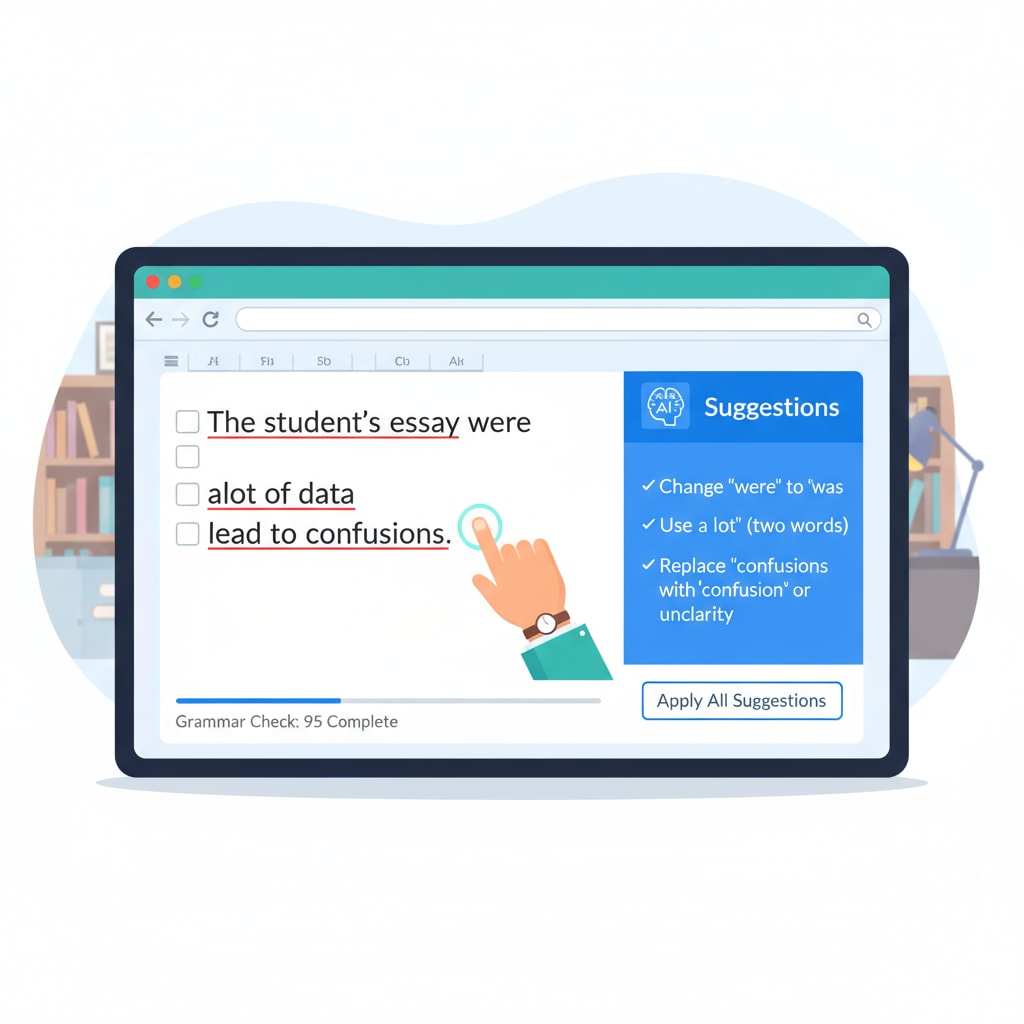AI learning tools have become invaluable assets in educational applications, serving as powerful learning aids. In the realm of K12 education, different types of AI tools are available, each with its own unique features and applications. Let’s take a closer look at six major categories of AI tools and their suitability for various teaching and learning scenarios.

Writing Assistance Tools
Writing is a crucial skill in K12 education. AI writing assistance tools can be a great help. These tools can check grammar, spelling, and even suggest better word choices. For example, Grammarly is a well – known tool that not only corrects basic errors but also provides suggestions to improve the overall quality of writing. It helps students learn proper language usage as they write essays, reports, or stories. Teachers can also use these tools to quickly review students’ written work, saving time and providing more accurate feedback. Grammarly on Wikipedia

Interactive Assessment Tools
Interactive assessment AI tools are changing the way students are evaluated in K12 classrooms. These tools can create dynamic quizzes, tests, and surveys. Tools like Kahoot! make the assessment process more engaging. Students can answer questions in real – time, and teachers can instantly see the results. This not only helps in gauging students’ understanding but also provides immediate feedback. Additionally, some tools can analyze students’ performance patterns over time, enabling teachers to identify areas where individual students need more support. Educational Technology on Britannica
Research and Learning Tools
For K12 students, researching topics is an important part of the learning process. AI – powered research and learning tools can simplify this task. Tools such as EBSCOhost can help students find relevant information from a vast database of academic resources. These tools use AI algorithms to understand the students’ research queries and provide accurate results. They also offer features like citation generators, which teach students how to properly cite sources, an essential skill for academic writing.
Multimedia Creation Tools
Multimedia creation is an area where AI tools are making a significant impact. Tools like Canva for Education allow students to create visually appealing presentations, posters, and videos. With AI – driven templates and design suggestions, students can easily produce high – quality multimedia content. This helps in enhancing their creativity and communication skills. Teachers can also use these tools to create engaging teaching materials, such as lesson plans with embedded multimedia elements.
Personalized Learning Tools
One of the most significant advantages of AI in K12 education is personalized learning. Tools like Khan Academy use AI to adapt to each student’s learning pace and style. The system analyzes students’ performance on various tasks and provides customized learning paths. This ensures that students receive the support they need, whether they are struggling with a concept or need more challenging material. Personalized learning tools are a great way to meet the diverse needs of students in a classroom.
Language Learning Tools
Language learning is a key aspect of K12 education. AI – based language learning tools, such as Duolingo, offer interactive lessons. These tools use speech recognition and natural language processing to help students practice speaking, listening, reading, and writing in different languages. They provide a fun and engaging way for students to learn new languages, with features like gamification to keep students motivated.
In conclusion, AI learning tools are transforming educational applications and serving as essential learning aids in K12 classrooms. By understanding the different types of AI tools and their suitable scenarios, educators and parents can make informed decisions to enhance the learning experience of students. Each tool has its own role to play in helping students achieve their educational goals.
Readability guidance: The content is presented in short paragraphs for easy digestion. Lists could be further incorporated in each section for better organization. Passive voice usage is minimized, and transition words like ‘for example’ and ‘additionally’ are used to enhance flow.


